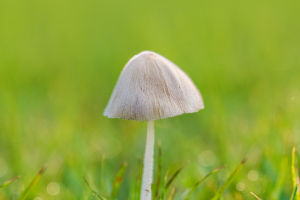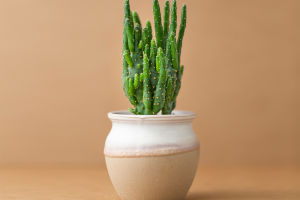The rose, widely recognized as the "Queen of Flowers," holds an esteemed status as one of the most renowned and cherished blossoms across the globe. With its captivating beauty, alluring fragrance, and extensive palette of colors, it has garnered a special place in the hearts of many.
Belonging to the Rosaceae family, the rose is a ubiquitous flowering plant, encompassing both perennial deciduous and semi-evergreen shrubs.
Typically, its blossoms consist of multiple delicate petals, displaying a stunning range of hues that include vibrant reds, delicate pinks, sunny yellows, pristine whites, and an assortment of other captivating shades.
Worldwide, there exists a staggering collection of approximately 200 distinct rose varieties, each possessing its unique characteristics and charm.
The origins of the rose can be traced back to ancient Persia, where its cultivation began nearly 5,000 years ago. Early cultivators of this enchanting flower quickly discovered its noteworthiness extended beyond mere aesthetics, as the rose was found to possess remarkable medicinal properties.
Throughout history, roses have been extensively employed in the treatment of wounds and various ailments. Furthermore, the intoxicating aroma of roses has been associated with mystical and magical qualities, making it a sought-after ingredient in traditional medicine and beauty products.
Roses, with their diverse colors and intricate symbolism, have a language of their own, with each variety conveying distinct meanings. For centuries, roses have been hailed as the ultimate symbol of love, embodying profound emotions and timeless beauty.
The ancient Greeks and Romans revered the rose as a symbol of their gods of love. Present-day romantics continue to embrace this tradition, widely utilizing roses as a means to express profound and sincere affection, presenting them as timeless tokens of love.
The versatility of roses extends beyond their sentimental value. They serve as exquisite additions to garden landscapes, lending their elegance to enhance the ambiance of outdoor spaces. Moreover, when artfully arranged in vases, roses effortlessly transform into captivating indoor decorations, bringing warmth and charm to any living space.
Rose petals are frequently used in the creation of fragrant rose tea, while their essence is extracted to produce highly sought-after rose essential oil. With its application in diverse industries, including cosmetics, food, and fine chemicals, rose oil holds significant economic value.
Within the realm of horticulture, roses hold a special place, attracting admiration from enthusiasts and experts alike. Through meticulous breeding, horticulturists have developed a multitude of rose varieties, tailored to thrive in various climates and garden settings.
Some roses are coveted for their enchanting beauty as freshly cut flowers, while others dazzle as ornamental focal points in landscaping projects. The relentless efforts of breeders have resulted in the creation of novel rose varieties, boasting vibrant colors and captivating flower shapes, catering to the diverse tastes and preferences of individuals seeking natural beauty.
However, despite their allure and resilience, roses are not impervious to challenges. They require specific soil conditions, proper moisture levels, and an optimal amount of sunlight to flourish.
Regular pruning and diligent care are essential to protect them from pests and diseases. Successful cultivation of roses demands patience, attention to detail, and a commitment to their well-being.
In essence, the rose stands as a testament to natural beauty and profound symbolism. It holds an integral place in horticulture, culture, and the human experience. Whether adorning a garden or tenderly gifted as a bouquet representing love and beauty, roses evoke joy, contentment, and admiration.
Their enchanting fragrance, vivid colors, and intricate forms weave an irresistible spell that continues to capture our attention, inviting us to celebrate and cherish the timeless elegance of the rose.


